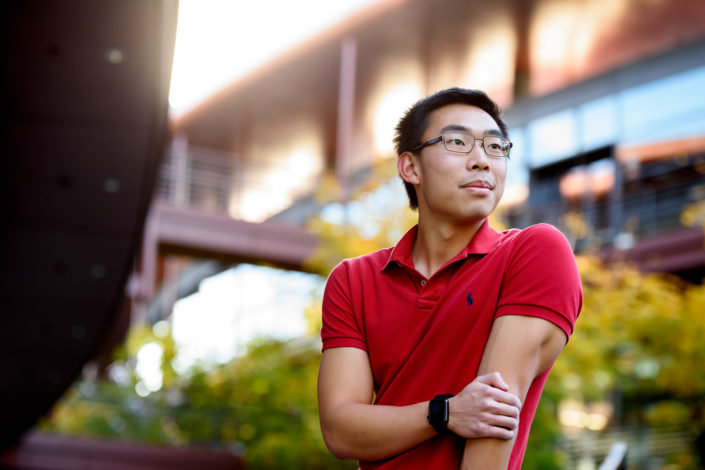Working across disciplines, Stanford researchers explore causes and treatments for concussions and how to prevent them
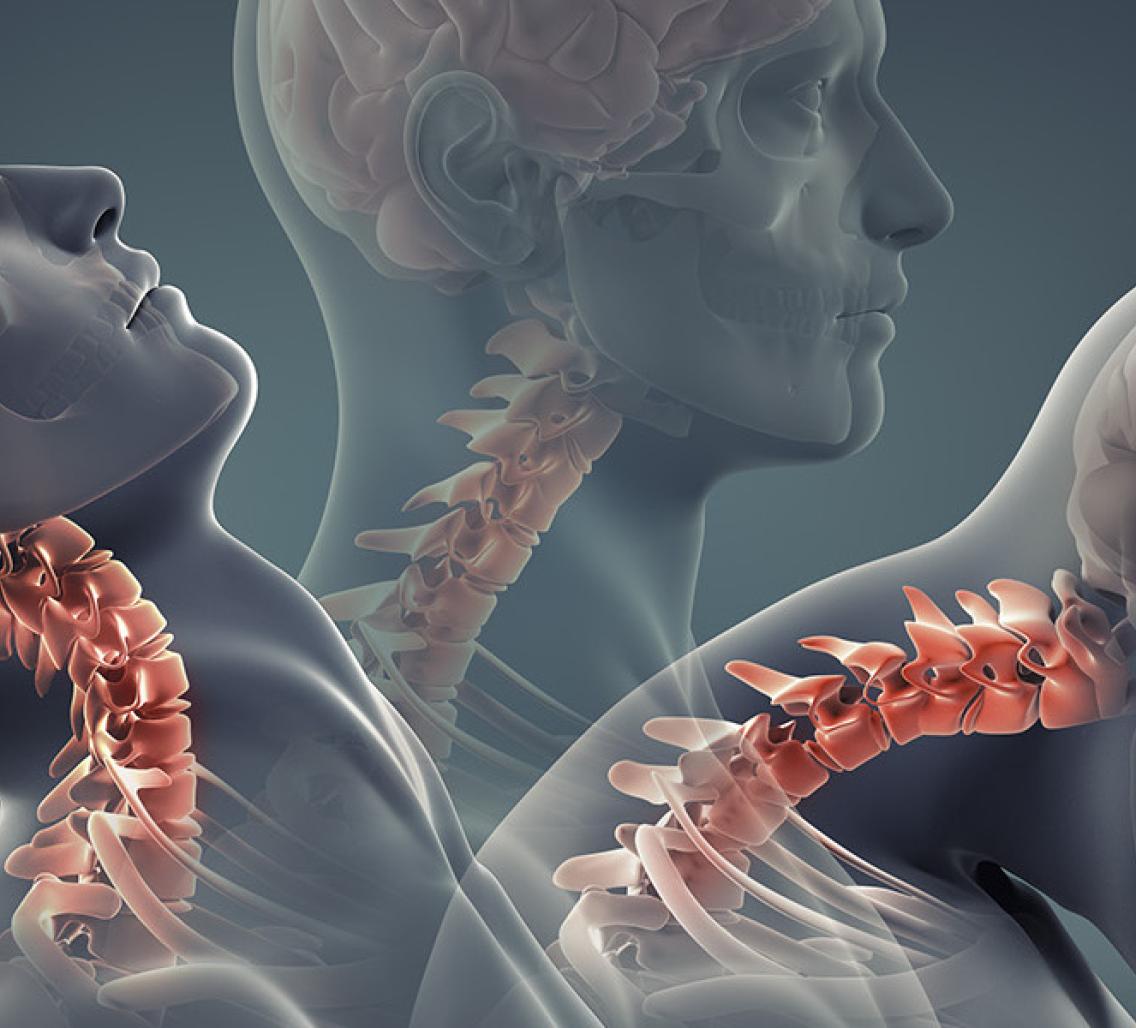
By Nathan Collins
Doctors, brain scientists and coaches alike used to think a concussion was no big deal – you get knocked out for a second, then you get it back together and keep on going with a game, a battle or just the rest of your day.
Not anymore. It’s now thought that even mild traumatic injuries can have potentially serious, lasting effects on the brain. Concern about those effects has led to changes in youth sports policies and campaigns aimed at raising awareness about the risks and symptoms associated with concussions and other brain injuries.
At the same time, teams of Stanford researchers in the Schools of Medicine, Engineering and Education and Stanford’s interdisciplinary life sciences institutes are working together to better understand what causes concussions, how to diagnose and treat them and, perhaps most important, how to prevent them from happening in the first place.
Understanding brain injuries
At one level, concussions are just what happens when somebody gets hit in the head. But until the last few years, researchers knew very little about what kinds of hits actually cause traumatic brain injuries. As it turns out, it’s not simply a matter of getting hit really hard. To figure that out, Stanford doctors and engineers worked together to develop new techniques to accurately measure how the head moves when struck and understand the effects those movements had on the brain inside.
|
|
Most sensors designed to measure head impacts in sports produce inaccurate data, Stanford bioengineers findAs scientists zero in on the skull motions that can cause concussions, David Camarillo's lab has found that many commercially available sensors worn by athletes to gather this data are prone to significant error. |
|
|
|
Mechanical forces may underlie brain’s development and some diseasesThe same tools that Ellen Kuhl once applied to studying concrete are now revealing mysteries in how the brain folds and functions. Part of a series on tiny answers to biology's biggest questions. |
Head and neck positioning affects concussion riskThe way our head and neck are positioned during a head-on impact may significantly affect the risk of concussion – but tensed up neck muscles seem to offer far less protection. |
|
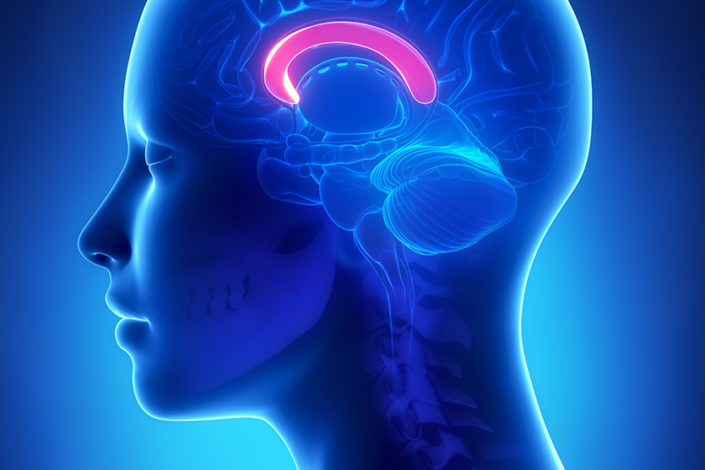 SCIENCE & TECHNOLOGY SCIENCE & TECHNOLOGY
Study reveals concussion’s complex natureConcussion is a major public health problem, but not much is known about the impacts that cause concussion or how to prevent them. Bioengineer David Camarillo and colleagues suggest that the problem is more complicated than previously thought. |
Treatment and prevention
As researchers deepen their understanding of brain injuries, the next step is to devise new ways to quickly identify and treat concussion and related conditions. At the same time, researchers from the schools of Education, Engineering and Medicine are working on how to prevent those injuries from happening in the first place.
|
5 Questions: What families should know about concussionsAngela Lumba-Brown, MD, is the lead author of newly published CDC Guidelines on the Management of Mild Traumatic Brain Injury in Children. In a recent interview, she explained what families should know about concussions. |
|
|
|
Stanford research: Football helmet tests may not account for concussion-prone actionsMounting evidence suggests that concussions in football are caused by the sudden rotation of the skull. David Camarillo's lab at Stanford has evidence that suggests current football helmet tests don't account for these movements. |
|
|
|
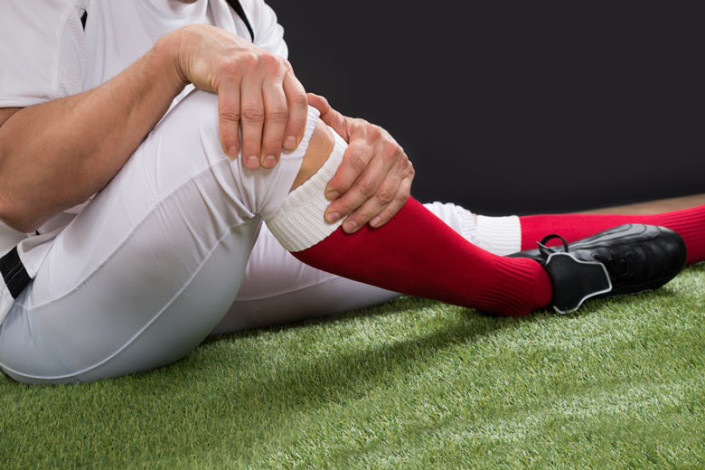 TEACHING & STUDENTS TEACHING & STUDENTS
Study of Stanford student-athletes provides new insights into injury impactsBy tracking athletes' health with electronic medical records, Stanford researchers deliver a more comprehensive picture of the lingering effects of certain injuries. |
Stanford researchers show air bag bike helmets have promise
|
Tackling concussion on campus
Stanford researchers study head injuries through many lenses and with the support of a number of research centers and initiatives. But the university – and its faculty, staff and students – are also tackling concussion and traumatic brain injury head-on through programs aimed at improving safety on campus.
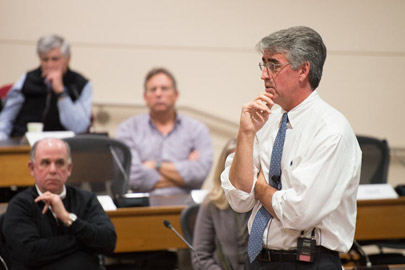
Concussions – an issue for male and female athletes alike, Stanford professor saysWilliam Maloney, professor of orthopaedic surgery, told the Faculty Senate on Thursday that while concussions are a problem in football, they also are a big concern in other sports, including soccer, water polo and club sports, involving both male and female players. University Architect David Lenox gave a report on new buildings on campus and those under construction. |
|
|
|
Stanford freshmen to receive free bike helmetsIn an effort to increase safe bicycling practices among Stanford students, the university will distribute free helmets to nearly 1,800 freshmen in the fall of 2016, thanks to a donation from two Stanford parents. |
|
|
|
 Concussion researchers study head motion in high school football hits
Concussion researchers study head motion in high school football hits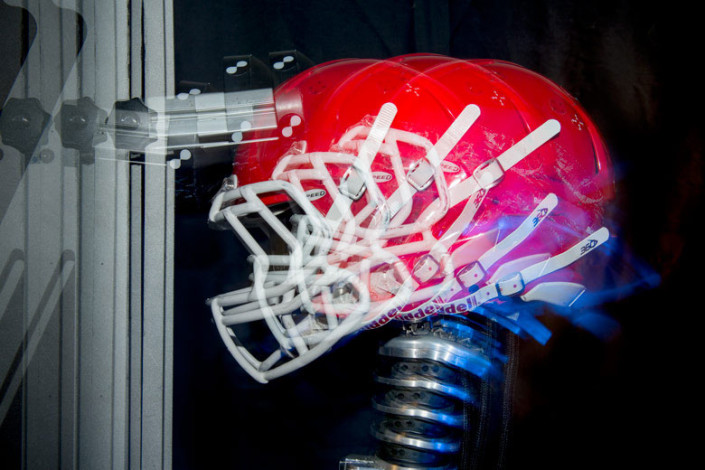 Stanford bioengineers improve upon football mouthguard that senses head impacts
Stanford bioengineers improve upon football mouthguard that senses head impacts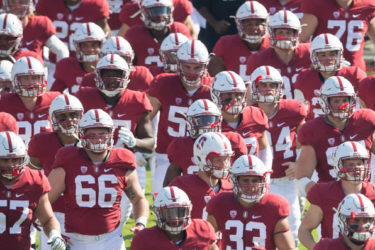 Stanford researchers measure impact of football concussions
Stanford researchers measure impact of football concussions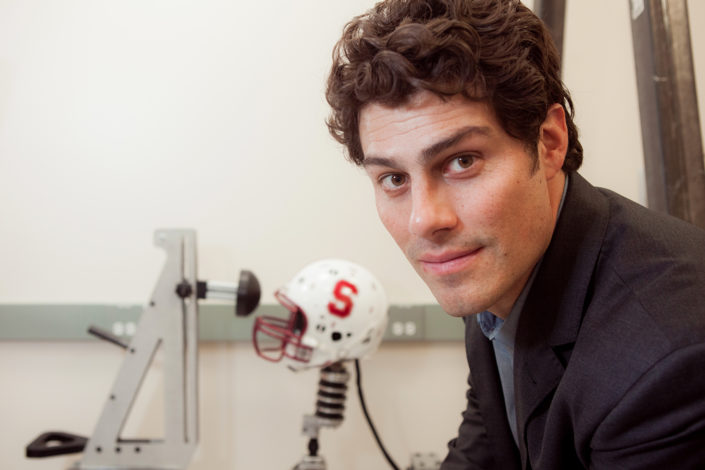 Stanford researchers measure concussion forces in greatest detail yet
Stanford researchers measure concussion forces in greatest detail yet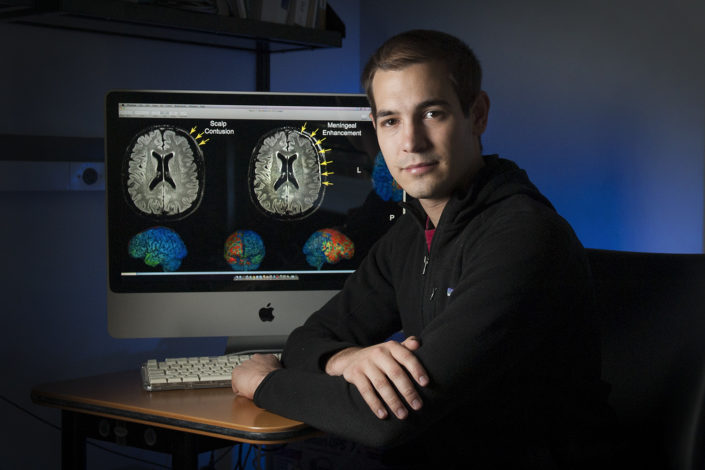 Stanford senior a pioneer in traumatic brain injury research
Stanford senior a pioneer in traumatic brain injury research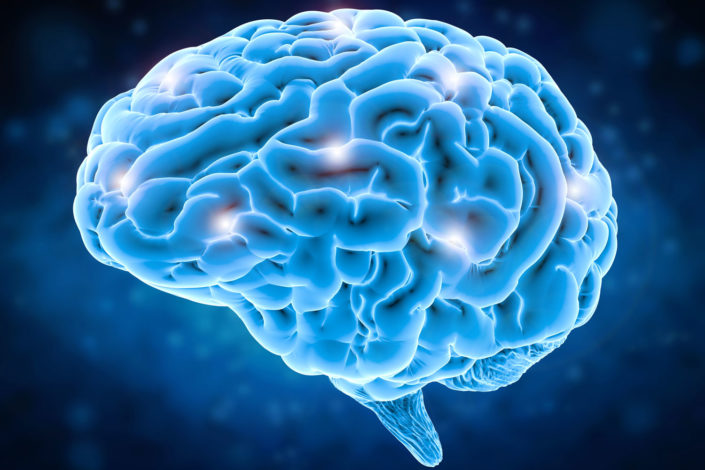
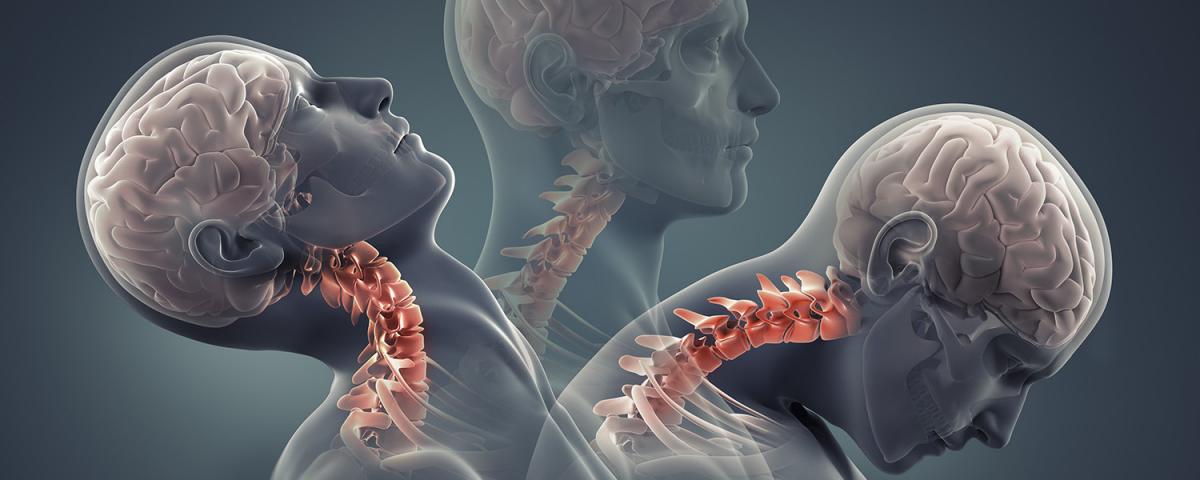
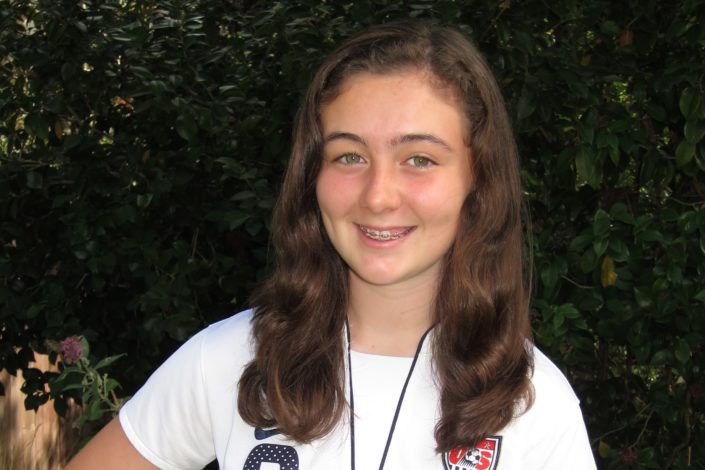 Girls’ concussion symptoms may differ from boys’, physicians say
Girls’ concussion symptoms may differ from boys’, physicians say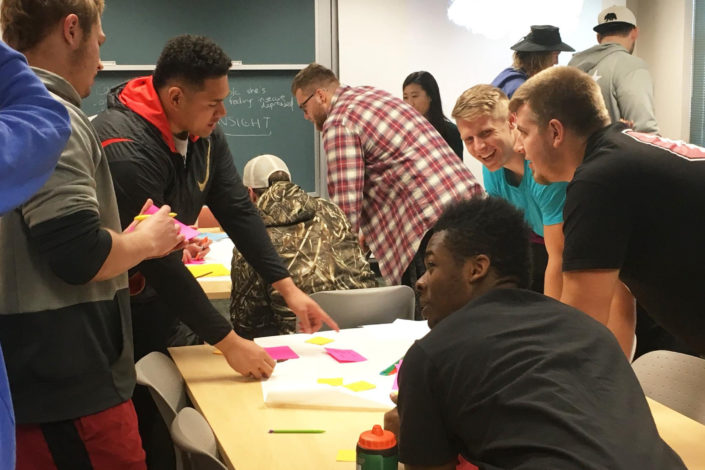 Rethinking concussion education for a new generation of athletes
Rethinking concussion education for a new generation of athletes Eye-tracking tech monitors concussion recovery
Eye-tracking tech monitors concussion recovery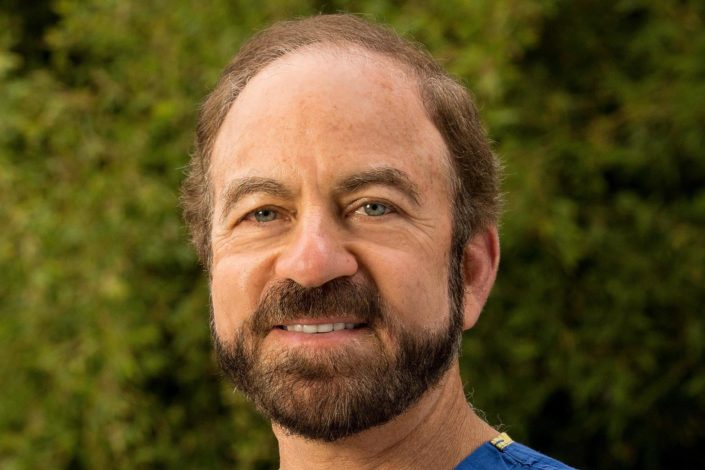 Human stem cells transplanted in rat brain shown moving to damaged area
Human stem cells transplanted in rat brain shown moving to damaged area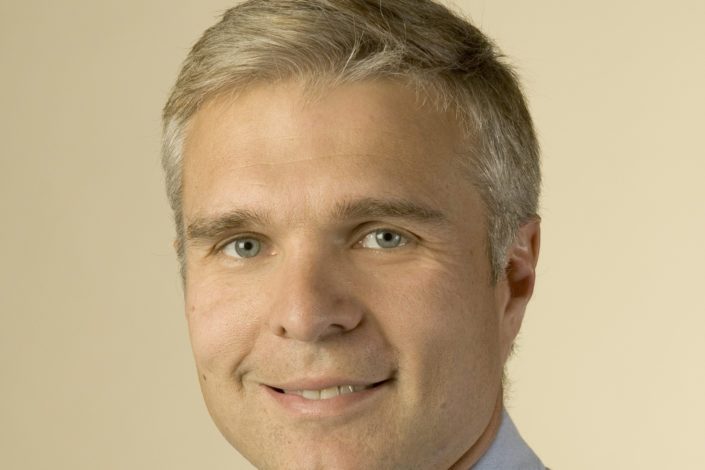 Emergency physicians to test new treatment for traumatic brain injuries
Emergency physicians to test new treatment for traumatic brain injuries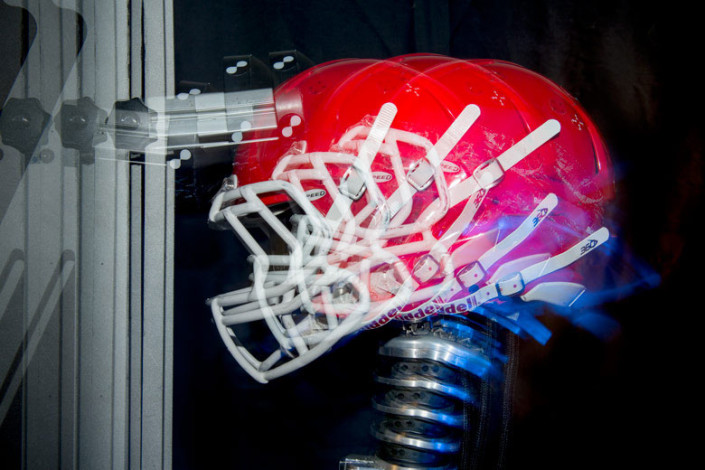 SCIENCE & TECHNOLOGY
SCIENCE & TECHNOLOGY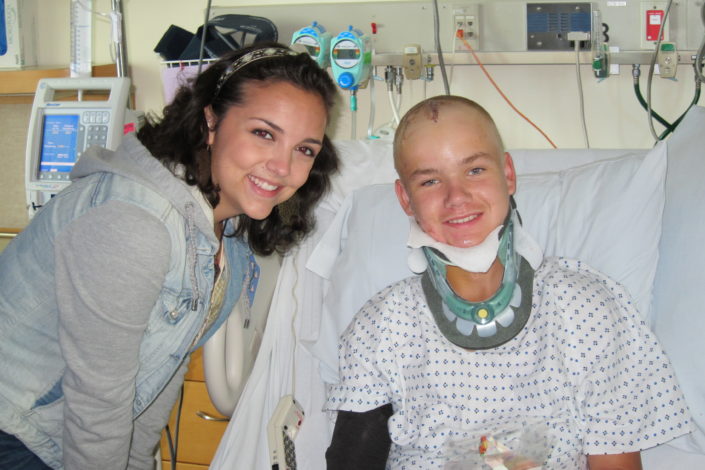 Packard Children’s surgeon helps teen recover from brain injury
Packard Children’s surgeon helps teen recover from brain injury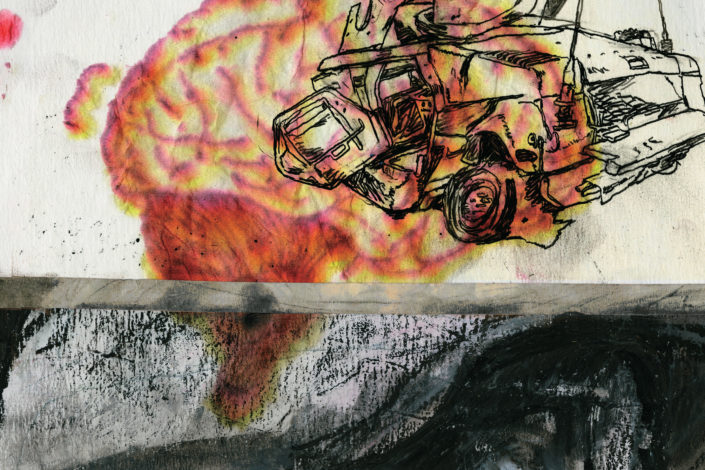 One soldier’s struggle with the Iraq war’s trademark injury
One soldier’s struggle with the Iraq war’s trademark injury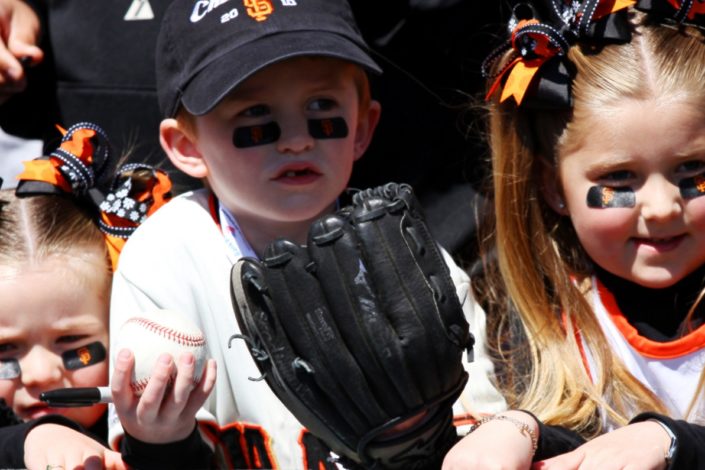 Five trends shaping the future of sports
Five trends shaping the future of sports
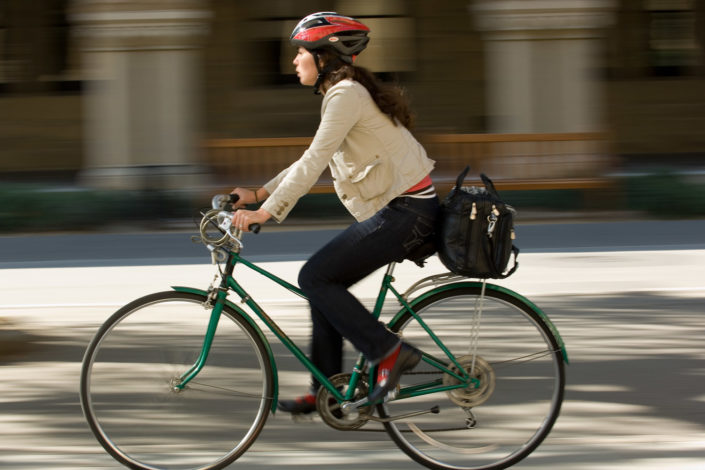 Law School affiliates can check out bikes and books at the library
Law School affiliates can check out bikes and books at the library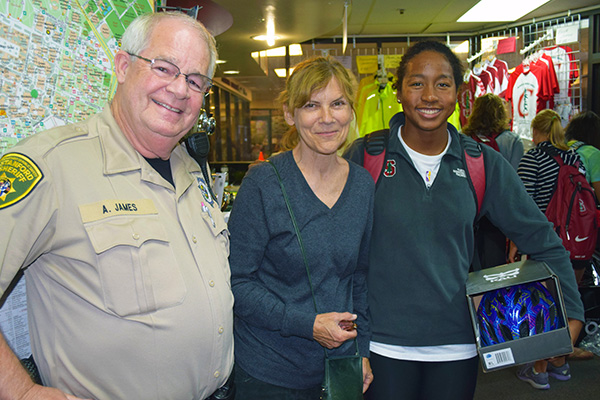 Women’s swim team makes a bike helmet commitment
Women’s swim team makes a bike helmet commitment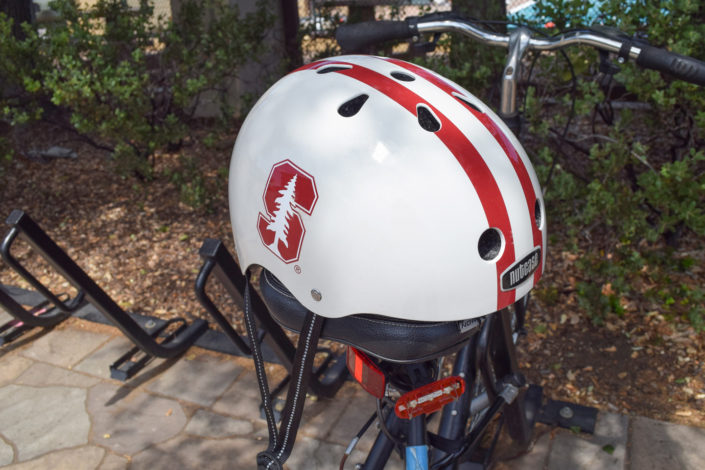
 Taube gift to launch youth addiction, children’s concussion initiatives
Taube gift to launch youth addiction, children’s concussion initiatives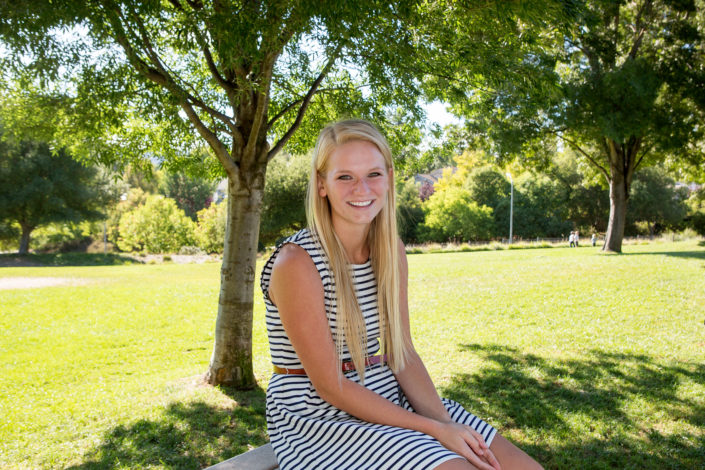 New center looks to define concussion
New center looks to define concussion